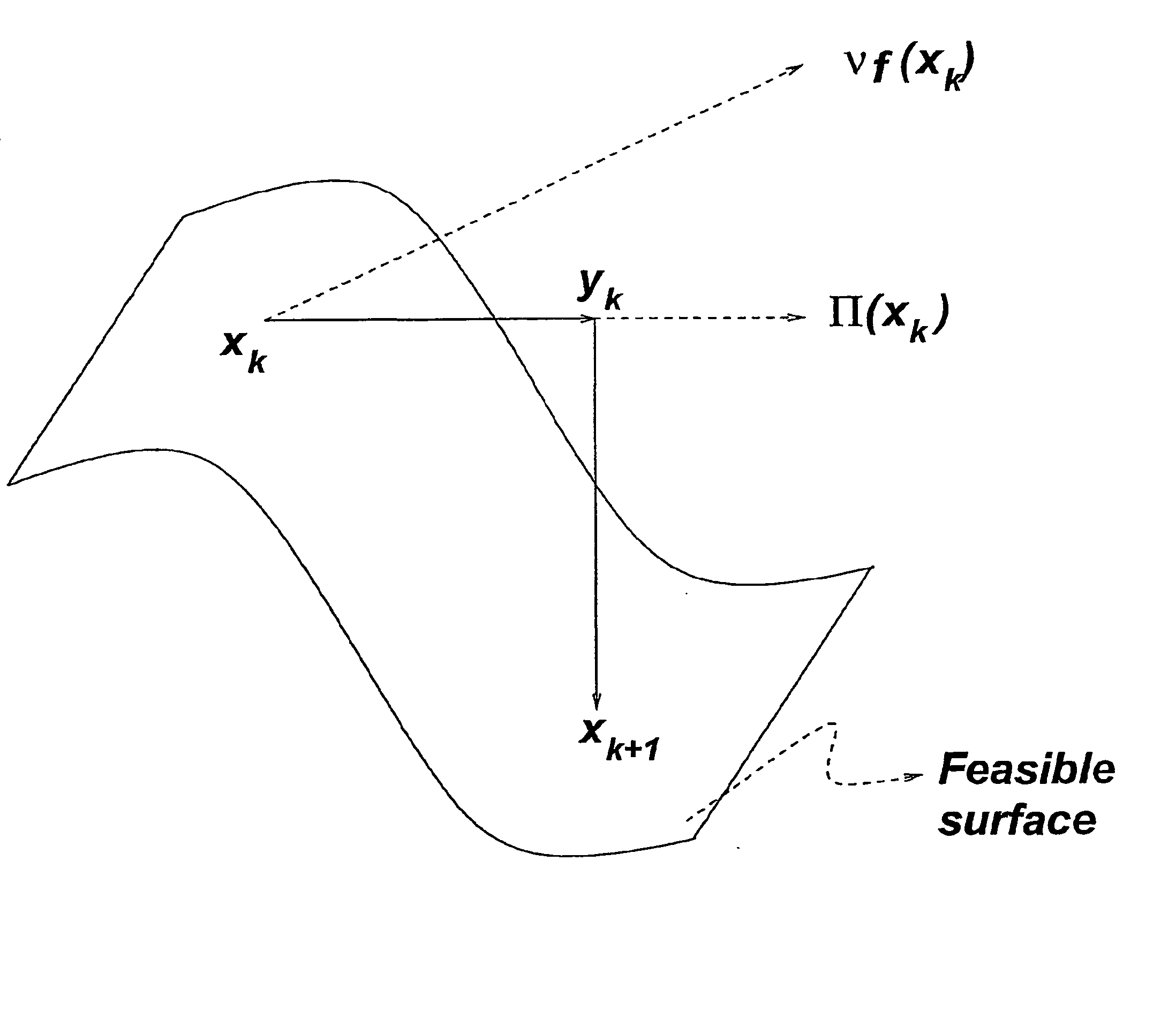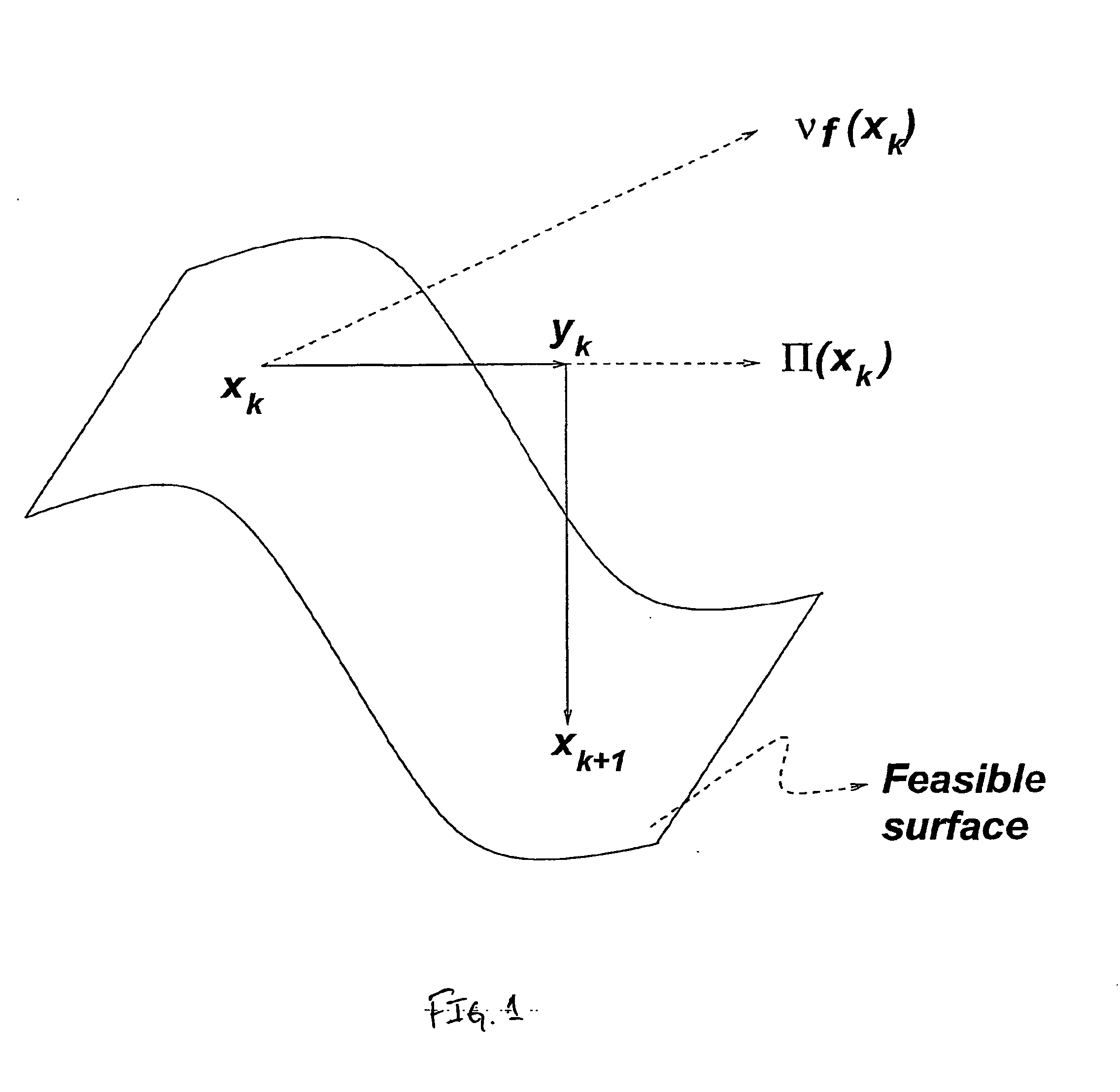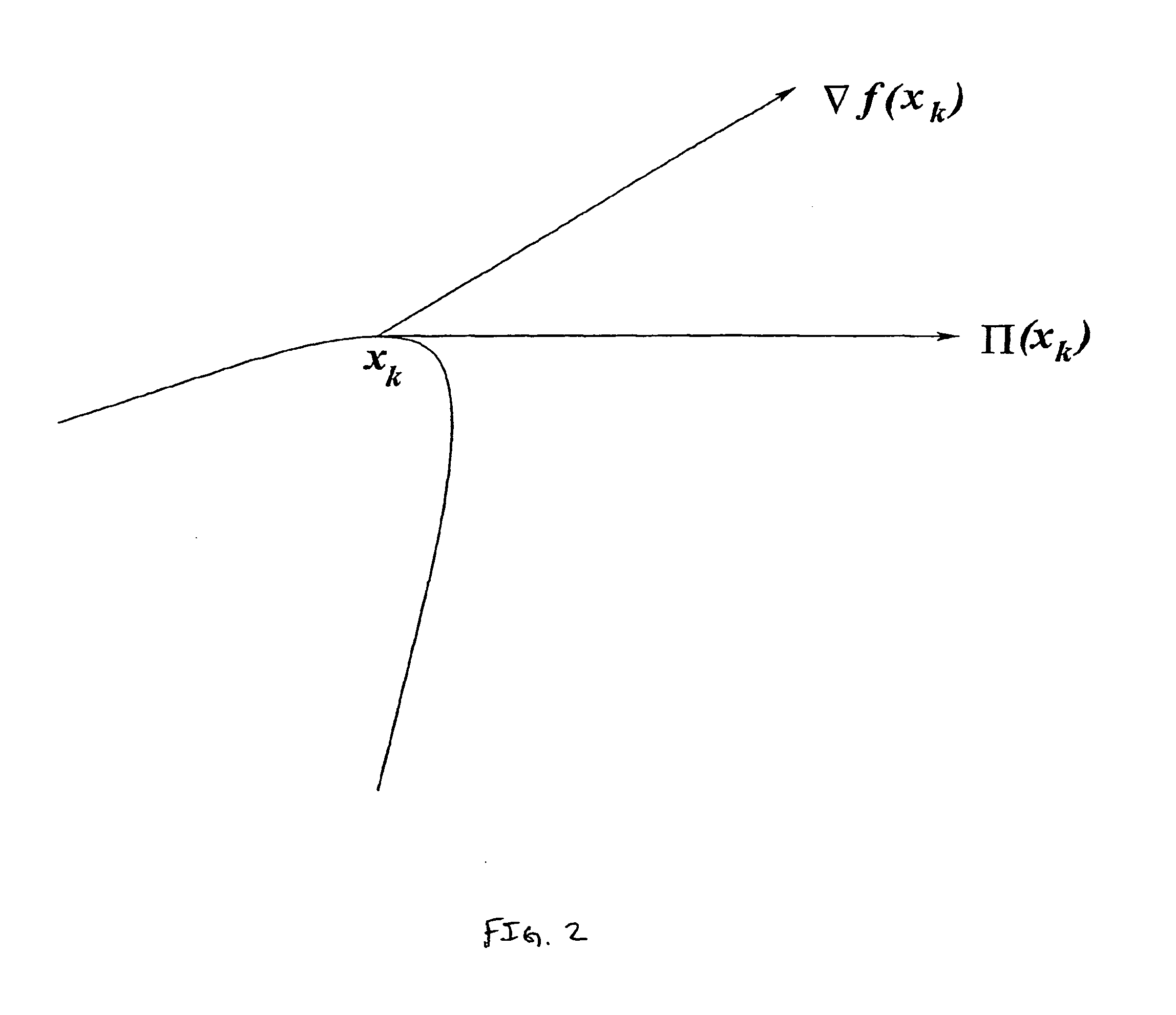As time progressed, however, it became increasingly clear that the available computational and analytical tools were vastly inadequate to
handle a changed situation in which the amount of available information became manageably larger.
1. E-business: For commodities such as, for example, fresh produce or
semiconductor components, the demand, supply and transportation costs data are available both nationally and internationally. However, the data changes practically day-to-day, making it impossible for humans to make optimal buying, selling and routing decisions;
2.
Drug design: With the completion of the human
genome project, it has now become possible to understand the
complex network of biochemical interactions that occur inside a
cell. Understanding the biochemical networks in the
cell, however, involve analyzing the complex interaction among tens of thousands of nearly instantaneous reactions--a task that is beyond the human
information processing capability;
3.
Wireless communication:
Wireless communication is a typical example of an application wherein a fixed amount of resources--for example, channels--are allocated in real-time to tasks--in this case, telephone calls. Given the large volume of communication traffic, it is virtually impossible for a human to undertake such a task without the help of a computer;
4. Airline
crew scheduling: With
air travel increasing, industry players need to take into account a variety of factors when scheduling airline crews. How-ever, the sheer number of variables that much be considered it too much for a human to consistently monitor and take into account; and
5.
Information retrieval: Extracting
relevant information from the large databases and
the Internet--in which one typically has billions of items--has become a critical problem, in the wake of the information explosion. Determining information relevance, in real time, given such large numbers of items, is clearly beyond human capability.
Information retrieval in such settings requires new tools that can sift through large amounts of information and select the most relevant items.
As is well-known, the computational difficulty of a
nonlinear optimization problem depends not just on the size of the problem--the number of variables and constraints--but also on the degree of nonlinearity of the objective and constraint functions.
As a result, it is hard to predict with certainty before-hand whether a
software package can solve a given problem to completion.
Attempts to solve even simple equality constrained optimization problems using
commercial software packages (such as, for example,
MATLAB or GAMS) show that quite often the computation is aborted prematurely, and even when the computation does run to completion, often the returned "solutions" are infeasible.
In practice, however, the reduced gradient methods are exceedingly slow and numerically inaccurate in the presence of equality constraints.
The drawbacks of the reduced
gradient method can be traced to the enormous amounts of
floating point computation that they need to perform, in each step, to maintain feasibility.
The task of moving from an infeasible point such as y.sub.k to a feasible point such as .chi..sub.k+1 is both computationally expensive and a source of numerical inaccuracy.
In addition, in the presence of nonlinear constraints, there is the problem of determining the optimal step size; for instance, as shown in FIG. 2, the form of the constraint surface near .chi..sub.k could greatly reduce the step-size in the projected
gradient method.
Certainly, by choosing .chi..sub.k+1 to be sufficiently close to .chi..sub.k it is possible to ensure feasibility of .chi..sub.k+1; however such a choice would lead to only a minor improvement in the objective function and would be algorithmically inefficient.
As is shown, then, none of the known methods is capable of solving the large problems arising in the real world efficiently and reliably.
This is a serious problem for the following reason: More often than not, the search for the best solution terminates prematurely.
The reasons for such premature termination include memory overflow and error build-up to illegal operations (e.g., division by very small numbers, such as zero).
If the surface terminates prematurely when the
algorithm has strayed off the surface, the current location of the
algorithm (at this point, off the surface) is useless for resuming the search.
Repeatedly resetting the search process wastes all the computational effort invested into the aborted searches.
In addition, the infeasible-point methods are known to have very poor convergence.
The corrective step--from a point off the surface to a point on the surface--is extremely expensive computationally, since it involves solving the
system of given equations.
As a result, the RGM method possesses much of the same disadvantages of infeasible-point methods--that is, it is both slow and numerically unstable.
Thus, whenever the feasible region is a low-dimensional differentiable manifold (surface), the problem of maintaining feasibility constitutes significant computational overheads in the RGM.
These computational overheads not only slow down the
algorithm, but also introduce a considerable amount numerical inaccuracy.
One of the main challenges facing nonlinear optimization is to devise a method for maintaining feasibility on a general curved surface at a low computational cost.
In summary, the main problem with all of the known methods is that they do not have the mathematical ability to remain on the given surface while searching for the best solution.
Once they stray off the surface, returning to it is requires enormous amounts of computation.
On the other hand, if an algorithm tries not to return to the surface until the very end then it is fraught with the risk of losing all the computation (not to mention time and effort), if terminated prematurely.
 Login to View More
Login to View More  Login to View More
Login to View More 


